December 2023
In this VETgirl online veterinary continuing education blog, Dr. Kelly St. Denis, MSc, DVM, DABVP (feline practice) reviews top tips for managing Feline Interstitial Cystitis (FIC). Besides implementing better kitty litter husbandry, more canned food and water in their diet, and more environmental enrichment, what should we do? More importantly, how do we manage other concurrent medical problems in addition to urinary tract disease, obesity, and stress? Stress is a key factor in more than 50% of urinary conditions; so what tips can help our feline patients? Tune in to learn more feline-friendly tips! More importantly, check out our YouTube LIVE event from December 6, 2023 HERE to learn even more!
Please note the opinions in this blog are the expressed opinion of the author and not directly endorsed by VETgirl.
Top Tips for Managing Feline Interstitial Cystitis (FIC)
By Dr. Kelly St. Denis, MSc, DVM, DABVP (feline practice)
Feline idiopathic cystitis (FIC) is a complex disease that involves not only the urinary bladder, but also the nervous and adrenergic systems. To complicate matters further, FIC is also impacted both by husbandry practices and the environment in which the cat is living.1,2 FIC falls under the umbrella of feline lower urinary tract disease (FLUTD) and is the most commonly diagnosed cause of non-obstructive FLUTD.3–6 Don’t let this fool you! In spite of being common, FIC is a diagnosis of exclusion, based on the exclusion of all other causes of FLUTD. Further challenges with FIC diagnoses await you due to the waxing and waning nature of the disease and due to the 15% of FIC cats that present with urethral obstruction.
Our understanding of FIC and the role of the nervous system and adrenergic systems has evolved, revealing feline patients that are compromised in their ability to manage day-to-day stressors.1,7 In the presence of a stimulus or challenge, any cat might experience protective emotions (fear/anxiety, pain, frustration, grief/panic),8 but the FIC cat exhibits an exaggerated sympathetic nervous system response with increased catecholamine release as well as blunted endocrine and cortisol responses.9 These responses leave FIC cats with an inability to properly recover from the challenge, resulting in an increased potential for deranged health. The health consequences of these derangements may include FIC, however other sickness behaviors related to body systems such as the gastrointestinal tract, respiratory tract, or the immune system have been observed.1,2,10,11
The impact of a specific stimulus or challenge on a healthy cat is not expected to lead to health disturbances. For cats with FIC, that same challenge, combined with inappropriate husbandry practices or deficient environments, could predispose to FIC flareups.11 These are sensitive cats with increased vulnerability to provocative environments.12 In one study examining patients diagnosed with FIC, identification and correction of husbandry practices and environmental management resulted in significant reductions in lower urinary tract signs, fearfulness, nervousness and signs referable to the respiratory tract.13 A trend toward reduced aggressive behavior and reduced signs referable to the lower intestinal tract were also identified. The application of these changes was referred to as multimodal environmental modification (MEMO).13
It isn’t always easy to evaluate husbandry and a cat’s environment. The 5 pillars of a healthy feline environment, published in the 2011 AAFP Feline Environmental Needs Guidelines provide a valuable list of criteria for caregivers and veterinary teams.14
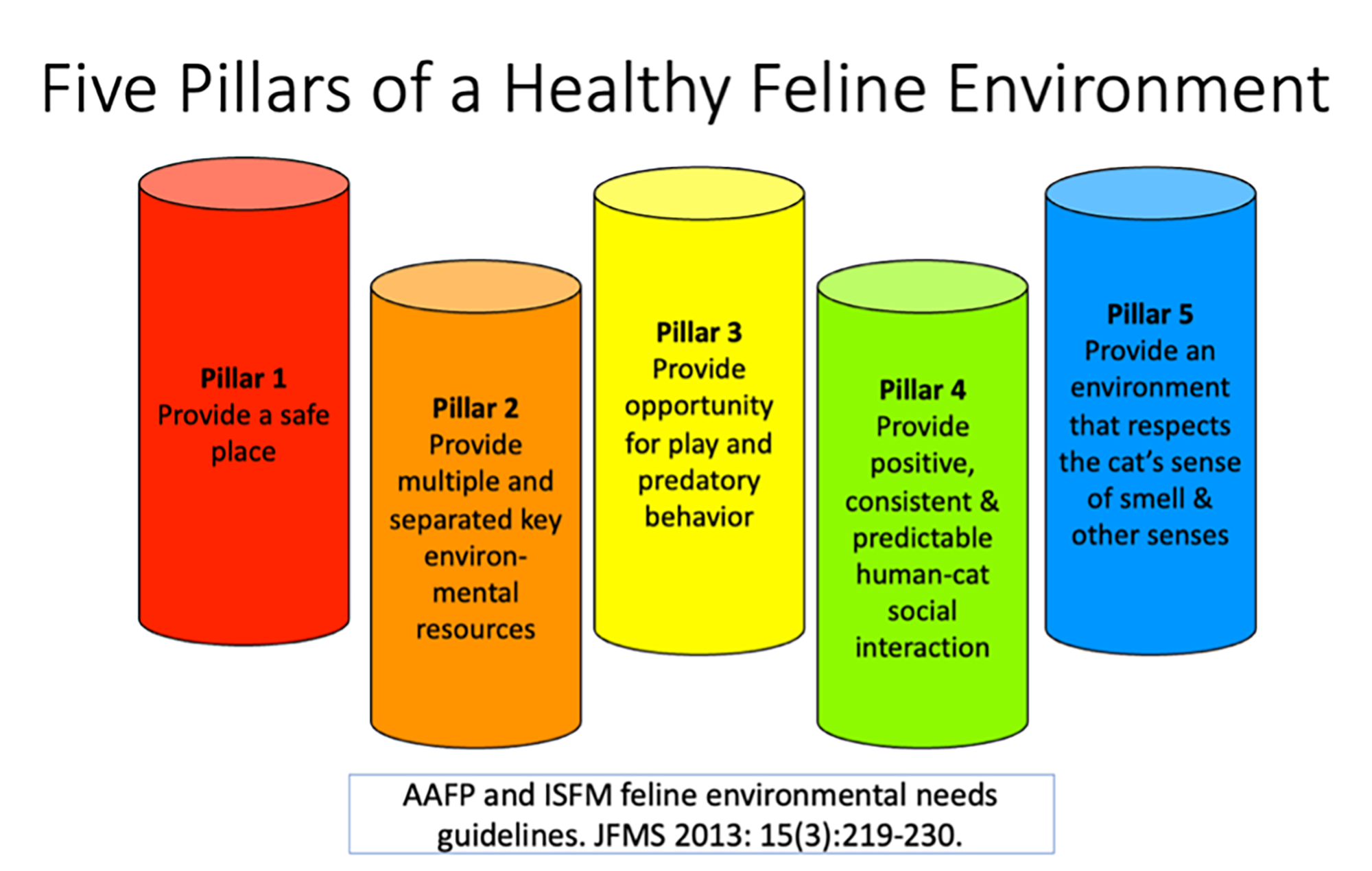
Pillar 1: Provide a safe place: Cats are predators and prey, requiring a defined territory that offers a safe place free from predators that threaten the cat’s safety and free from other cats or animals that may threaten the cat’s resources.
Pillar 2: Provide multiple key and separated key environmental resources. Within their defined territory, cats need sources of food and water, places to hide and perch, places to sleep safely, objects/toys to hunt and a place to void and defecate. These resources need to be safely available throughout the territory. This is particularly important in multi-cat households.
Pillar 3: Provide opportunities for play and predatory behavior. A cat’s prey drive is strong, even when living strictly indoors and assured of an ample supply of food. To maintain emotional and cognitive health, cats need to regularly engage in predatory behavior. In the indoor environment this is most successfully mimicked through play.
Pillar 4: Provide positive, consistent, and predictable human-cat interactions. Respectful and considerate handling of the cat according to the cat’s desires, and never against the cat’s will, enhances emotional health. Caregivers should be gentle with their cat, avoiding punishment, and instead focus on positive experiences such as interactive play with a variety of toys. Hand play is not respectful and puts both the caregiver and cat at risk of physical and emotional harm.
Pillar 5: Respect the cat’s sense of smell and other senses. The need to be aware of their environment at all times is a natural part of being a prey species. Strong odors, bright lights, flashing lights and/or loud noises can disrupt the cat’s ability to monitor for predators, predisposing the cat to protective emotions including fear/anxiety.
Managing FIC starts with active care during acute flareups. When cats with waxing FIC present with acute FLUTD signs, they will need prompt treatment for pain and any additional therapies that arise related to their presenting problems or comorbidities. FIC cats should be tested for other causes of FLUTD at each FLUTD presentation, unless specific stressors have evidentially led to an FIC flareup. Predisposing factors such as obesity, diet, insufficient water intake and multi-cat household stressors should be evaluated and addressed.15 Obesity is a well-established risk factor for FIC that is common in owned domestic cats. Preventive measures that start with weight management in juvenile cats is ideal, however with a patient-tailored approach, existing problems can be successfully managed.16 Dietary changes play a role in obesity management, and these may overlap with dietary adjustments directed towards FIC treatment. Therapeutic diets tailored to FIC target FLUTD while at the same time providing supplements that can help reduce anxiety. Examples include Royal Canin Multifunction Urinary SO + Satiety + Calm, Multifunction Urinary SO+ Calm, or Multifunction Urinary SO Aging 7+ Calm. Increased consumption of canned food promotes portion control and the reduction of intake, potentially assisting in weight loss.17 Feeding a canned urinary diet can also promote a lower urine specific gravity with the potential to minimize FIC flareups.18Increases in water consumption can additionally be achieved by working to meet patient-specific water preferences. Preferences might include specific water temperatures, whether the water is still or moving (fountains, taps), specific water vessel shapes and sizes, and preferred water vessel locations. Water vessels are an important territorial resource and should be provided in multiple, separated locations. The number and distribution of resources available (Pillar 2) likely represents the pillar most often compromised in a multi-cat household setting.
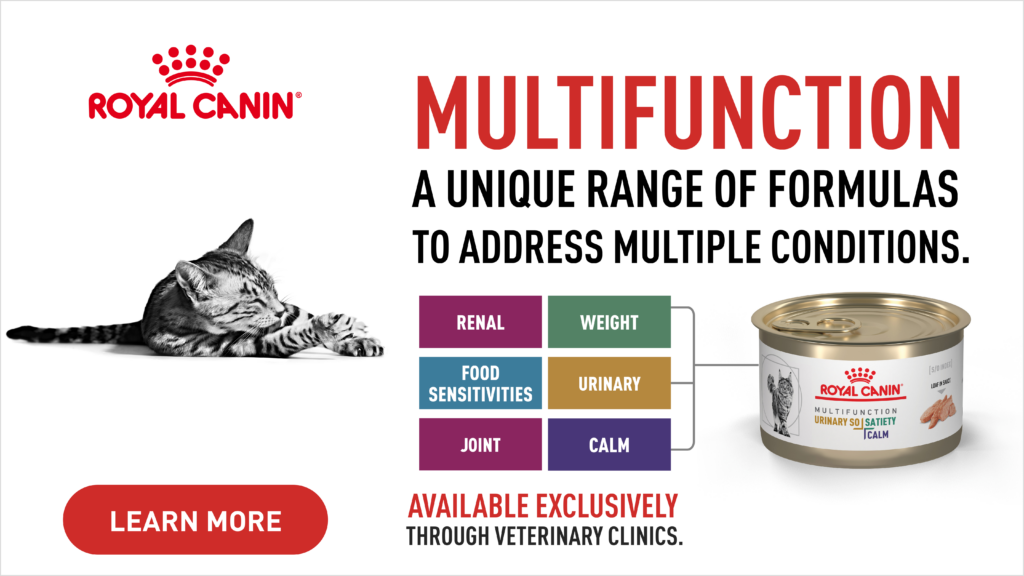
As a solitary species, cats are not predisposed to become friends, even when living in the same territory.19 For patients with conditions like FIC and other sickness behaviors, there is additional stress when sharing a territory with another cat or cats. Evaluation for specific inter-cat ‘friend or foe’ behaviors as well as detailing and correcting deficiencies in the 5 pillars mark the first steps in identifying and resolving inter cat tensions that might contribute to FIC. A consultation with a board-certified behaviorist may be needed.
FIC is a complex disease that requires complex solutions. Medical care starts with appropriate therapy during acute flareups with further care directed at specific risk factors. Identification of deficiencies in the 5 pillars of a healthy feline environment and correction through MEMO provide patient-specific care that reflects optimal wellbeing including cognitive, emotional, and physical health.
Tune in to learn more feline-friendly tips! More importantly, check out our YouTube LIVE event from December 6, 2023 HERE to learn even more!
1. Buffington CAT. Idiopathic cystitis in domestic cats–beyond the lower urinary tract. Journal of Veterinary Internal Medicine 2011; 25: 784–796.
2. Buffington CAT, Westropp JL, Chew DJ. From FUS to Pandora syndrome Where are we, how did we get here, and where to now? J Feline Med Surg 2014; 16: 385–394.
3. JM K, A OC, M GS, et al. Clinical evaluation of cats with lower urinary tract disease. JAVMA 1991; 199: 211–216.
4. Buffington CA, Chew DJ, Kendall MS, et al. Clinical evaluation of cats with nonobstructive urinary tract diseases. JAVMA 1997; 210: 46–50.
5. Lekcharoensuk C, Osborne CA, Lulich JP. Epidemiologic study of risk factors for lower urinary tract diseases in cats. J Am Vet Med Assoc 2001; 218: 1429–1435.
6. Sævik BK, Trangerud C, Ottesen N, et al. Causes of lower urinary tract disease in Norwegian cats. J Feline Med Surg 2010; 13: 410–417.
7. Stella J, Croney C, Buffington T. Effects of stressors on the behavior and physiology of domestic cats. Applied Animal Behavior Science 2013; 143: 157–163.
8. Heath S. Understanding feline emotions: … and their role in problem behaviours. J Feline Med Surg 2018; 20: 437–444.
9. Forrester SD, Towell TL. Feline idiopathic cystitis. The Veterinary clinics of North America Small Animal Practice 2015; 45: 783–806.
10. Buffington CAT. Comorbidity of interstitial cystitis with other unexplained clinical conditions. The Journal of urology 2004; 172: 1242–1248.
11. Stella JL, Lord LK, Buffington CAT. Sickness behaviors in response to unusual external events in healthy cats and cats with feline interstitial cystitis. Journal of the American Veterinary Medical Association 2011; 238: 67–73.
12. Buffington T. Pandora Syndrome in Cats. 2019, pp. 240–244.
13. Buffington CAT, Westropp JL, Chew DJ, et al. Clinical evaluation of multimodal environmental modification (MEMO) in the management of cats with idiopathic cystitis. Journal of Feline Medicine & Surgery 2006; 8: 261–268.
14. Ellis SLH, Rodan I, Carney HC, et al. AAFP and ISFM feline environmental needs guidelines. Journal of Feline Medicine & Surgery 2013; 15: 219–230.
15. Defauw PAM, Maele IV de, Duchateau L, et al. Risk factors and clinical presentation of cats with feline idiopathic cystitis. Journal of Feline Medicine & Surgery 2011; 13: 967–975.
16. Cline MG, Burns KM, Coe JB, et al. 2021 AAHA Nutrition and Weight Management Guidelines for Dogs and Cats. J Am Anim Hosp Assoc 2021; 57: 153–178.
17. Wei A, Fascetti AJ, Villaverde C, et al. Effect of water content in a canned food on voluntary food intake and body weight in cats. Am J Vet Res 2011; 72: 918–923.
18. Markwell PJ, Buffington CA, Chew DJ, et al. Clinical evaluation of commercially available urinary acidification diets in the management of idiopathic cystitis in cats. Journal of the American Veterinary Medical Association 1999; 214: 361–365.
19. Bradshaw JWS. Sociality in cats: A comparative review. J Vet Behav Clin Appl Res 2016; 11: 113–124.
Please note the opinions in this podcast are the expressed opinion of the author(s)/sponsor, and not directly endorsed by VETgirl.
Only VETgirl members can leave comments. Sign In or Join VETgirl now!

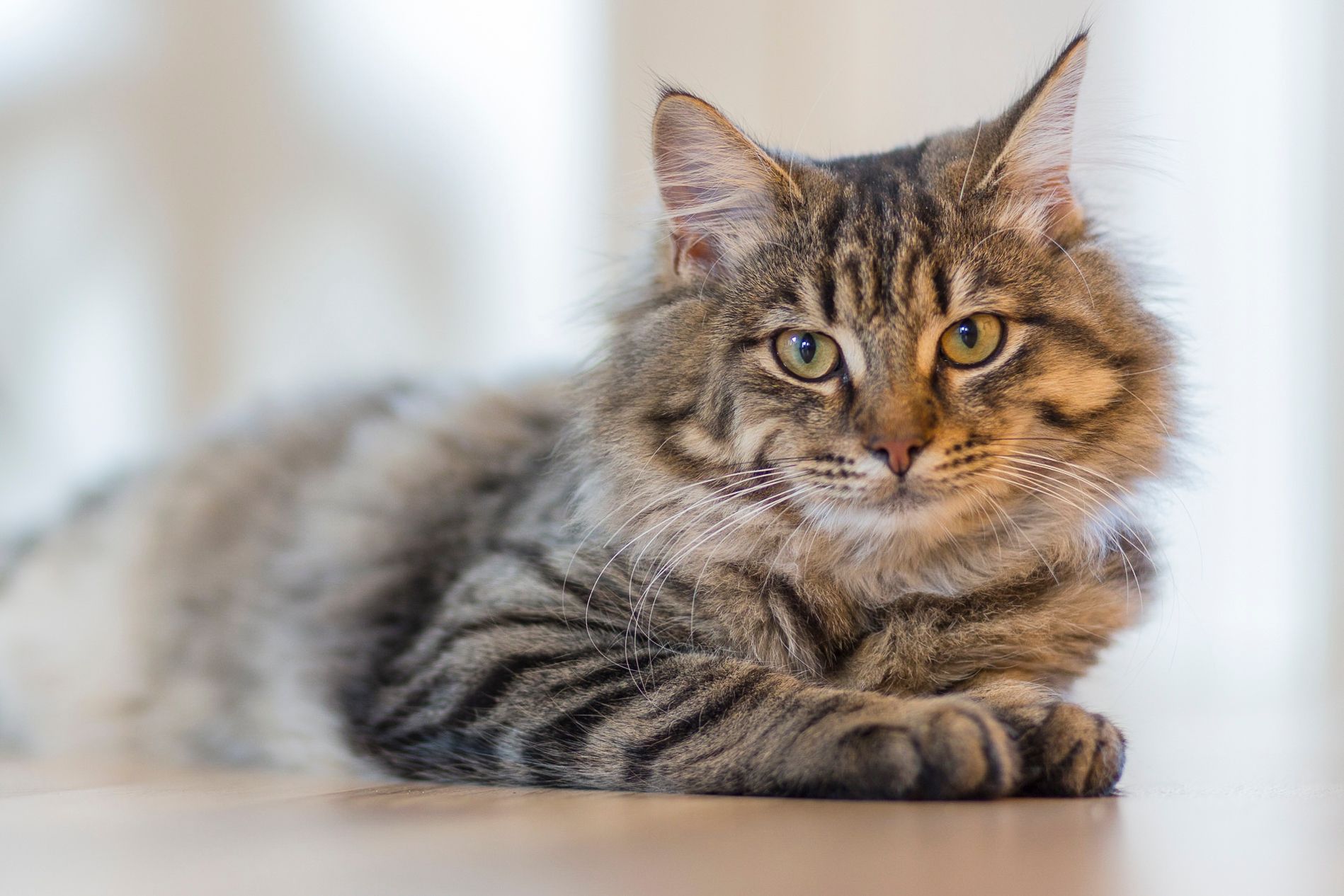
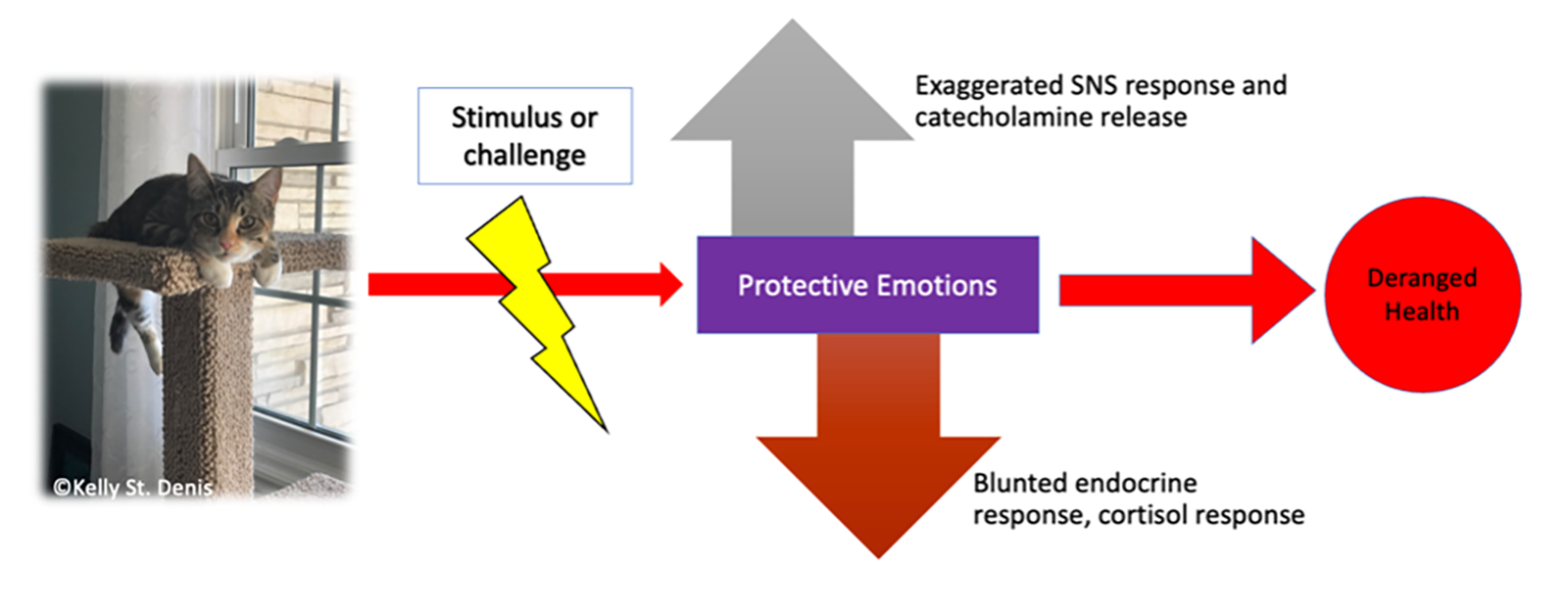
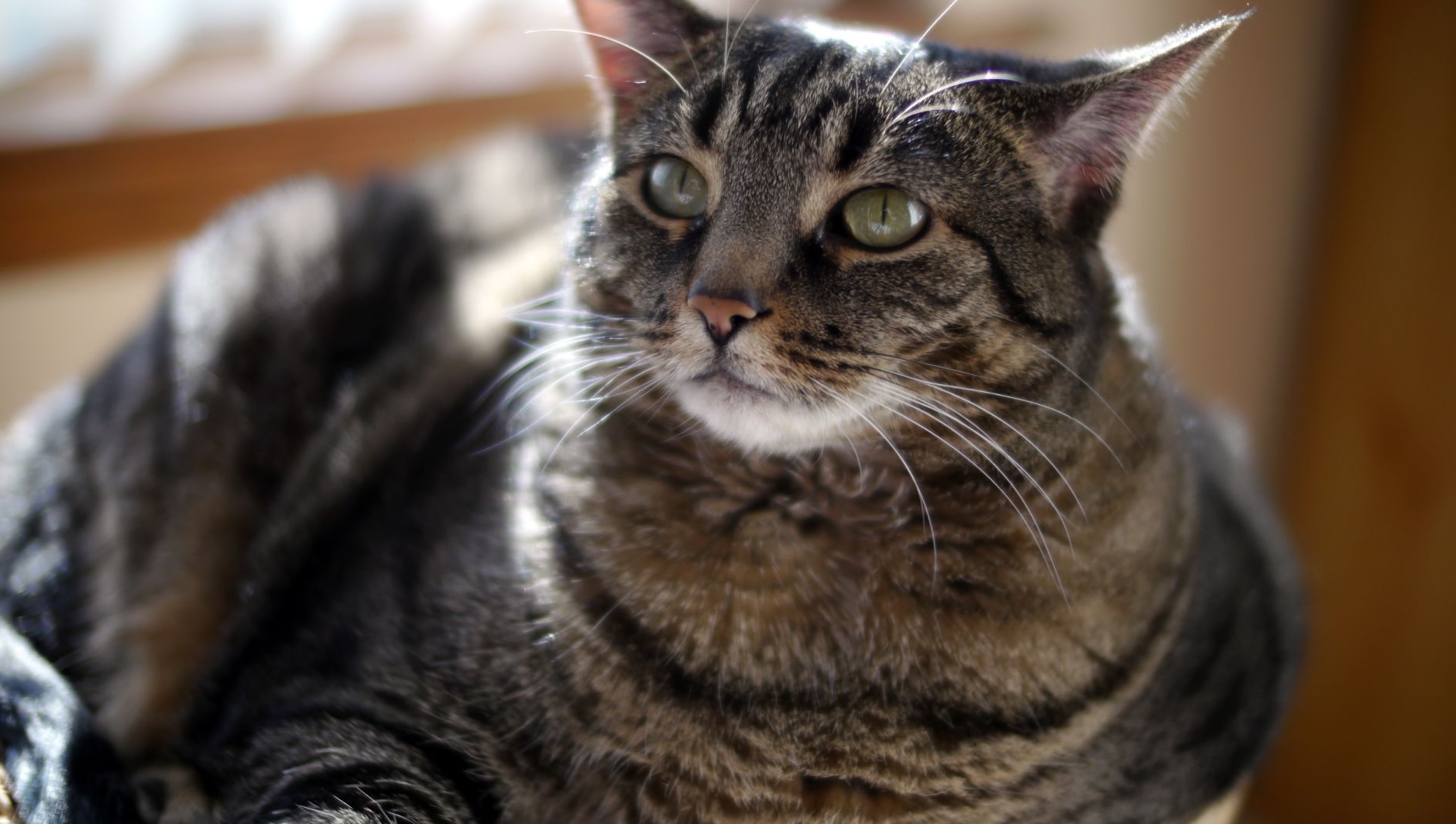
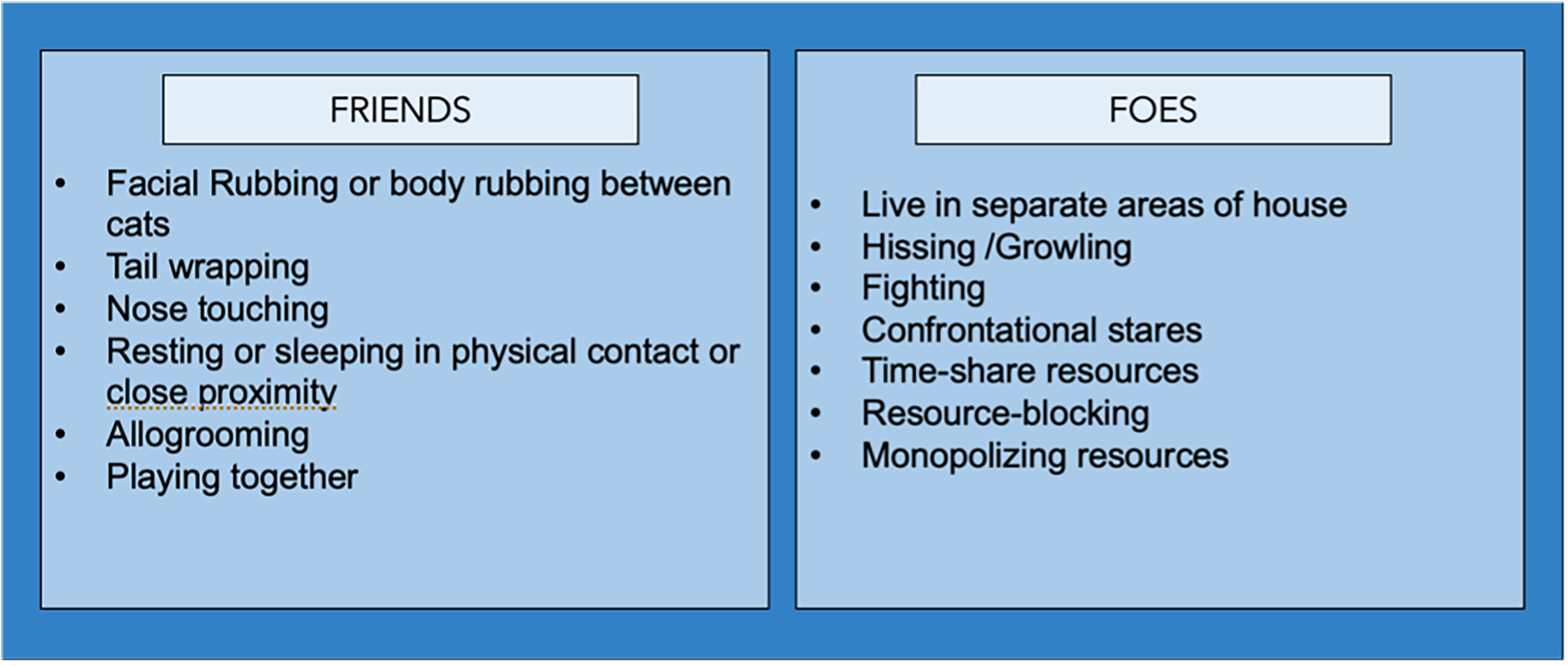
Good information